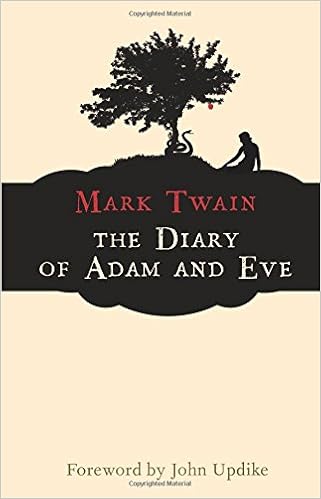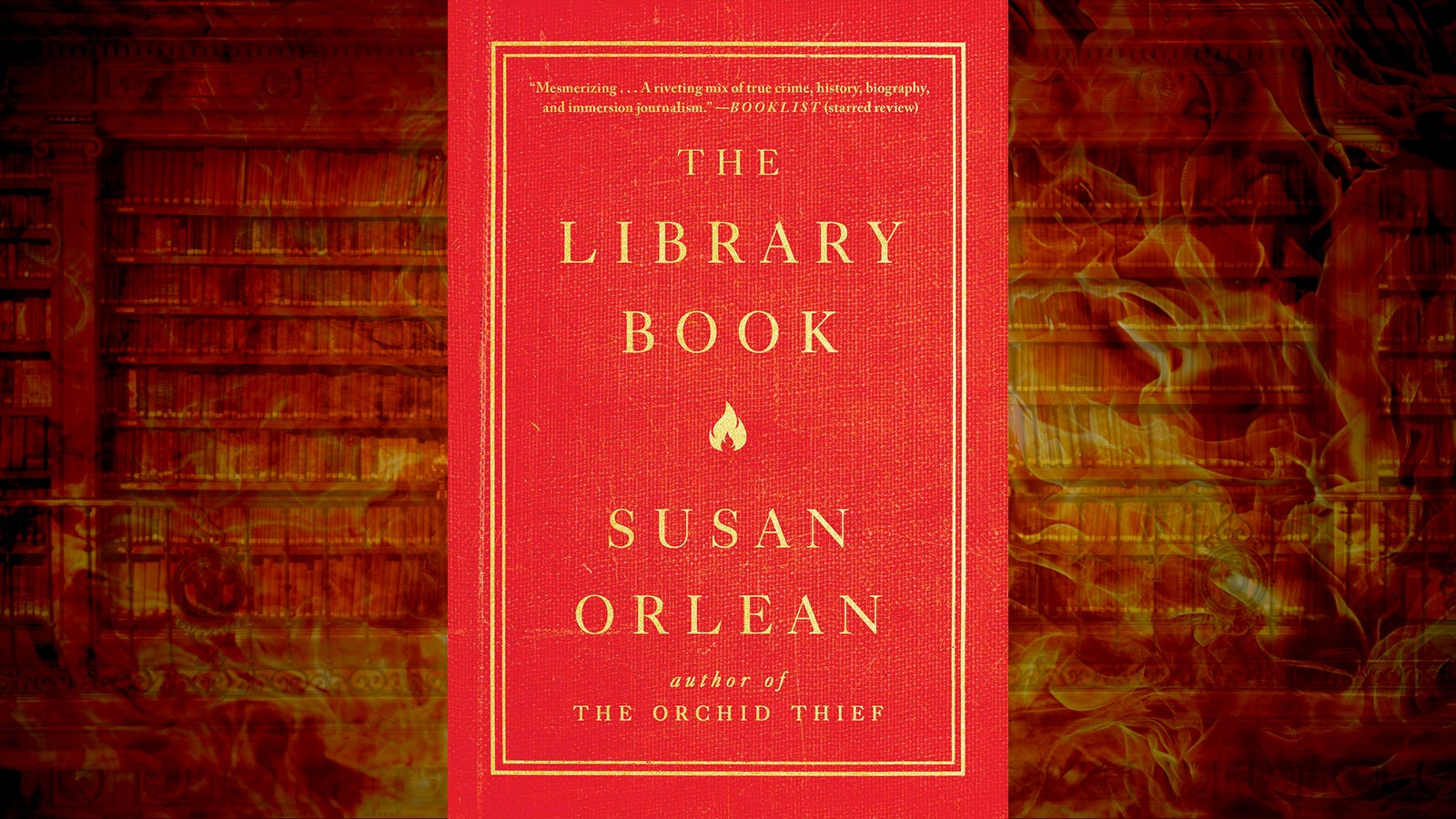 |
| HOME |
As you know, I just saw this, but I enjoyed it even more than when I watched it a couple days ago. The whole third act moved me even more, and so did the epilogue---which somehow still does not feel long even though it rather is.
It was also interesting this time to really note how much the film uses the language of horror and suspense. For small children, it doesn't seem to quite tie into that as their less familiar with the tropes, but it works for me, even as it's punctuated with humor.
The baby loves the movie. She's been talking about cowboy since our last viewing, and the worried about him losing his hat and about Big Baby getting his bottle. She is invested, just not quite in the same things I might be.
Also---was the movie my introduction to Kristen Schaal? Regardless, great voice casting all around.
 |
| THEATER |
The film gave me all the pleasures I had hoped for from it, but it ended up being about something quite different than I anticipated. Something much more.
And that's why John was the right choice. He, of all the Beatles, most represents art. And when your choice comes between art and fame versus love and home, well, what does it even mean to have it all? What does it even mean to succeed.
The movie offers a surprisingly nuanced exploration of these questions.
It's nice, not being told what to think.
(Although I would like to know whether or not Pet Sounds exists in this universe.)
 |
| HOME |
If I'm ever featured in a Room 237-like movie, I hope it's this one I've given my life to. I'm not as stunned as on first viewing, but I'm at least as impressed. I want more.
Unfortunately, I have a rental-store copy and so it has no special features. Meanwhile, the Criterion Edition has not only that but a completely second movie made from the same footage! (Thus, if you have me for Secret Santa....)
The film can clearly be considered in many ways and I will push back against anyone who proposes a "correct" interpretation, but the film presents itself as biblical and that is a fruitful place to start.
For instance (but, again, not limited to), there are no grandparents*. So the parents are either God the Father and God the Mother or they are Adam and Eve. If they are Adam and Eve, you can read the three sons and Cain, Abel, and Seth. If they are God, then the sons could be Adam, Jesus, and us. And as the mother says she gives her son, only for us to see a field of sunflowers, we are all her son.
Knowing the Tree of Life is an ancient symbol of God the Mother and seeing how the film ends with a clear focus on the Mother, makes the film easy to read as a meditation on the divine feminine, even though the relationship of primary focus through the film is father/son.
The Mother offers us our choice: the way of nature or the way of grace. And Jesus has long been conflated with Mother.
The story is one of adolescence, but what is adolescence but our Fall from innocence?
And what it modern science but a chance for us to deepen our mythology?
I have so many questions. Some I don't think are important (eg, is Sean Penn dead). Some I've a great desire to know.
I can't wait to watch it again.
 |
| HOME |
Sean Penn is a visionary man. Who knew?
I don't know what to do with the dogs.
I'm not sure about the translucent cloth---that seems to be doing more than one thing.
And all the water.
Lady Steed noticed that the film shows the preexistence as children prepare to be born.
The first time I watched this, I felt the only thing I could do right in life would be to dedicate myself entirely to parenting perfectly.
The more I watch it, the more I realize that is impossible. (Which does not mean we should not try.)
As I watch it, I realize that it's not just similar to 2001---it's directly responding to it. It's its spiritual counterpoint. I first made the connection with the quotation of the eclipse, but the references are more legion than that. We have the rings of Saturn. We have, in the creation of the Earth, newer versions of the techniques Kubrick used to make the final journey. (Incidentally, I saw some pre-2001 experimental films at Bampfa that helped me see where he was coming from with those hyperspace scenes.) But all together, it's a more wholesome, spiritual, beautiful, hopeful, forgiving vision.
And what's with the attic? That's straight-up Lynchian.
Let's do it again!
 |
| THEATER |
Quality.
It's didn't blow away the previous films which each blew away the previous (even though they started from excellent), but it was a daring move and a fitting end and full of laughs and tears of all sorts.
The most striking difference between 4 and the previous films however was aesthetic---the camera has been let loose!
When Pixar started, they had strong static-camera rules---the camera was not allowed to do anything a real camera in real space could not do. We live in a world now however where such a statement is meaningless. And so Pixar set their cameras free, and boy did they use it well. The camera was always moving and moving with style and sense. Unobtrusive yet always assisting the story. Great, great camera work.
And back to the ending, I'm startled by the boldness of the choice. I'm happy it went where it did but also saddened. But not ... that much. It is, in short, a variation on the theme already established.
Ultimately, it is an excellent sequel. Old friends are themselves but not overplayed as fanservice, and new characters are both fresh and vital. What more could you ask?
(That said, I'm pleased with Pete Docter's announcement: no more sequels.)
 |
| THEATER |
There are so many (so many) Marvel movies now that you shouldn't see it as an insult when I say this film doesn't crack the top tier. It's a good movie.
But what really makes it a cut-above is the first post-credits sequence. (Spoilers to follow.)
First, it's great to see J.K. Simmons back, but it's even greater to see him as an Alex Jones-type character. Marvel is taking on fake news, deep fakes, conspiracy theories, etc. It's a big bucket to open and I'm interested to see how they keep control of all these worms, but it's a bold move, a NOW! move, and a move that fees important---maybe even necessary---maybe even significant. We'll see.
Also, MJ's even greater than she was.
This is totally a movie for teenagers, but we've all been teenagers. It doesn't hurt to look backwards every now and then.
Even if this look backwards fails to obscure our terrifying present.
(Note: the final credits reveal a. explained some weird behaviors previously in the film and b. sure seemed like a reference to Valerian. But that would be crazy, right?)
 |
| HOME |
Picked this one up on a Twitter recommendation and I don't know what I expected, but a series of vignettes---some so short they were the animated equivalent of a gag cartoon---was not it.
I am not complaining.
Trivia: the film was the first Ghibli film to be done fully digital---I guess to get the watercolor effect just right the same director would later apply to Princess Kaguya fourteen years later.
A father and mother and two kids and a grandmother live together and experience life together in pieces.
At Comic-Con last week, Chris Ware said that the order one reads a story in isn't really the most important thing. What matters is how it is compiled into memory later, by the reader's brain. Like life.
I suspect that if I watched this movie several times, to move it into longterm memory, it would feel, in memory, entirely coherent and not at all pastichey. That's my suspician.
 |
| HOME |
I theorized the first time I wrote about this movie that the complaints I have might be first-watching complaints only. I was right.
The first film (which I have not rewatched) was good---intelligent, hilarious, bold, provocative, daring, successful. It was also a film filled with cliches. And I'm not anticliche---they exist because we love them---and that film used them well, but it also opened the film up to a lot of fair criticism.
One of the things that makes this sequel so excellent is that its true to the first film but also addresses those criticisms thoughtfully and uses them to expand the franchise's heart and soul and intellectual and moral heft.
Maybe the clearest piece of evidence is the rewriting of the first film's theme song:
Everything's not awesome(It works better in the film.)
Things can't be awesome all of the time
It's an unrealistic expectation
But that doesn't mean we shouldn't try
To make everything awesome
In a less idealistic kind of way
We should maybe aim for not bad
'Cause not bad right now would be real great
I hope the awards don't snub this #2 while they're throwing love at a #4.
 |
| HOME |
Around the time the movie came out a read a now interview with Tonya Harding (I think this one) and I was forced to confront the truth that I was one of the millions who never really thought to treat her fairly.
We'll never know with perfect accuracy what happened, but it's nice to get a story like this told. And this movie is told with style (similar to what Adam McKay's recent films have done). I think I would find it funnier on a second viewing but aspects of it are so hard to watch that I'm not sure I ever will.
Largely I think the film treats everyone fairly, but her father is used primarily used to a) laugh at nonelite culture then b) disappear so sad. It's the least fair part of the movie.
I think it will stick with me. If I do come back to it, that will be why.
 |
| HOME |
The very last thing on the screen is the title. And I realized: that's appropriate: that's what the film was supposed to do: bother us: (sorry).
I agree with my first viewing in that the film is too long. I still think it might be the most painfully accurate look at race in America and I love how daring it is, though it didn't fit as well together for me time. But ultimately it doesn't matter. What matters will be how the pieces fit into the mind long after the viewing has ended.
I hope it rolls around a lot of heads going forward. We need a world where Sorry to Bother You has been influential.
LATEST POST
Previous films watched
2019
2018
2017
2016
2015
2014
2013
.png)







